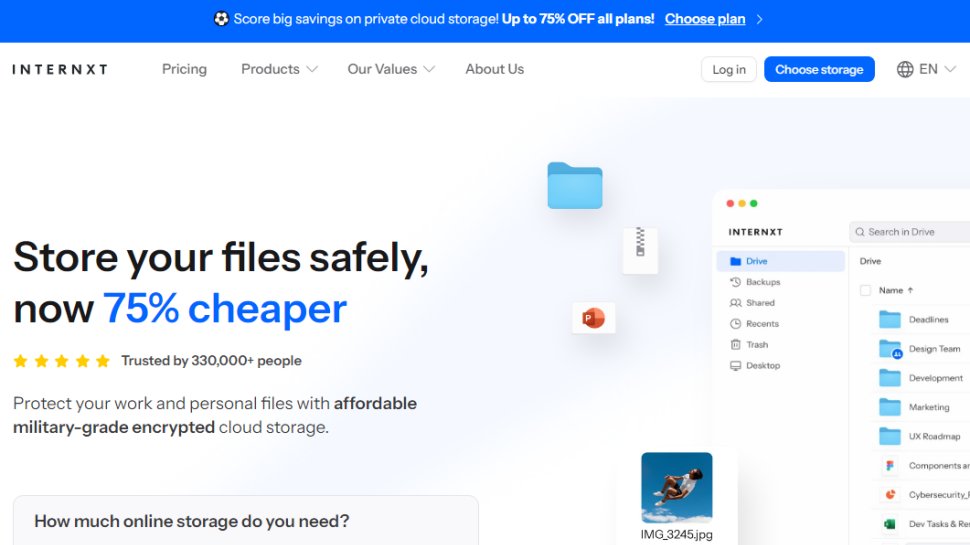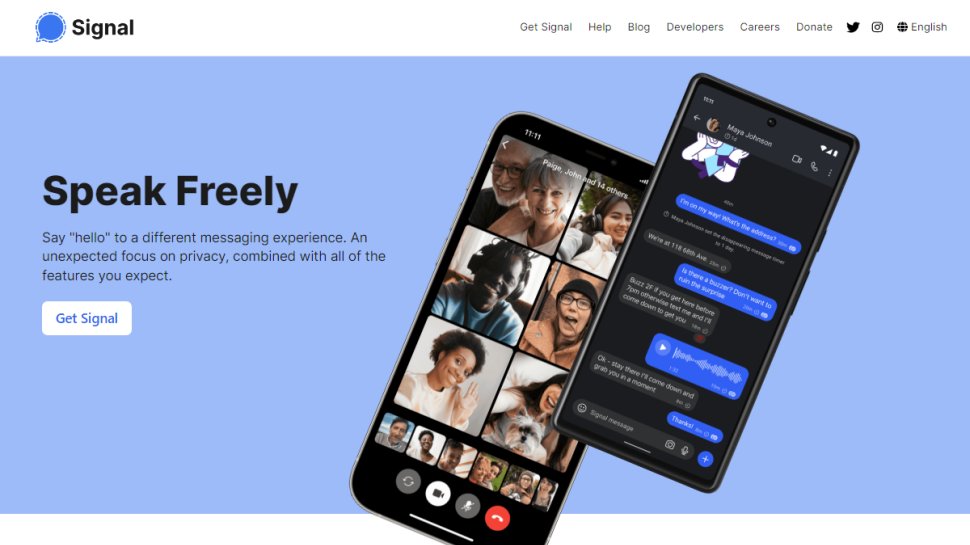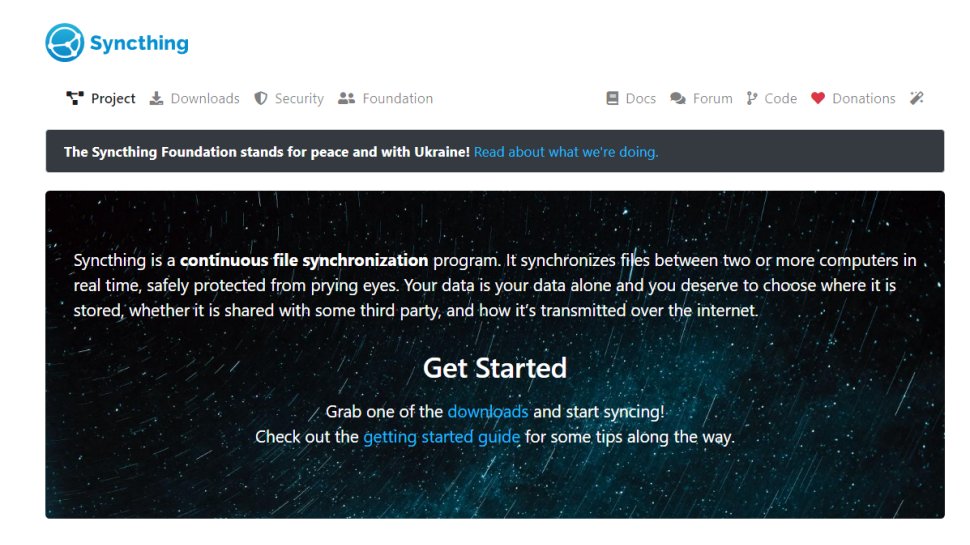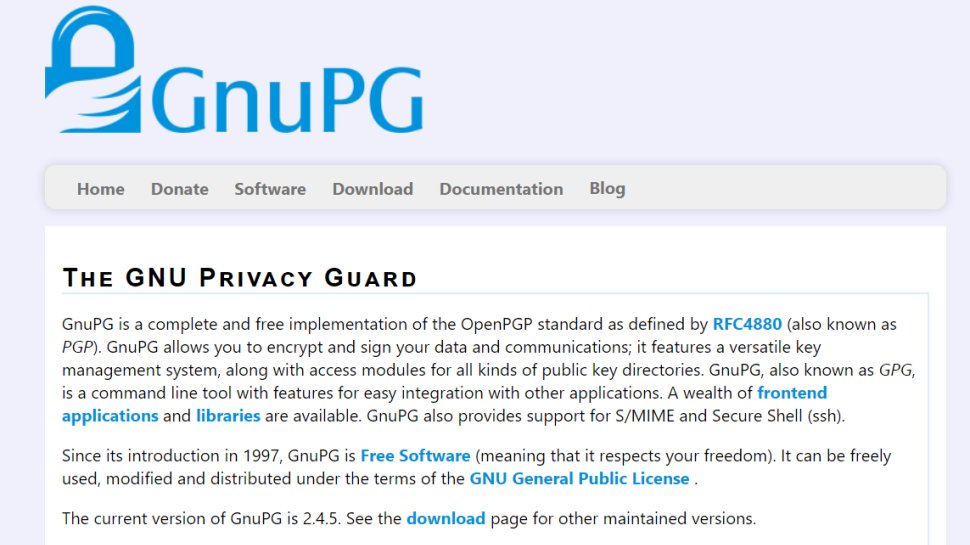Best ways to share files securely of 2025
Share files securely online

We list the best ways to share files securely, to make it simple and easy to send files online to share with friends, family, or co-workers.
There are a lot of file-sharing services online, and many cloud storage services allow you to transfer files online. However, many don't actually use end-to-end encryption - where not even the service provider knows what you're storing on its servers.
For some individuals, this may not be considered acceptable, especially where privacy is concerned. Additionally, for businesses and other organizations, the lack of security protocols could be a serious problem, particularly when complying with data protection and compliance legislation.
This is even more of an issue now that remote working is the norm for many, It's no longer enough to rely on the promises of collaboration apps like Slack or Microsoft Teams for truly reliable security, as big-shot game developer Rockstar found out in August 2023.
This guide lists existing popular apps and software that offer encrypted file sharing up to a standard that we believe you can trust in at enterprise level.
We aim for most, if not all of the software on this list to be available open source, meaning that the source code is publicly hosted and can be contributed to by anyone, while the projects are typically offered for free, thanks to surviving on community donations.
While businesses may instinctively rush to trust household name companies, it's more than likely that they're using their products to collect data about you, your business, and your files.
Besides this bit of caution, switching to open source software will make surprise changes to corporation's business model or pricing scheme a thing of the past, so you can truly count on a secure file sharing solution long term.
As of April 2025, we've come back to give this guide some love, starting with updating some of our favourite picks and removing some deprecated projects. We'll look to test and review more secure file sharing services in the coming months.
We’ve also picked out the best free cloud storage.
FREE Backblaze unlimited cloud backup with every ExpressVPN purchase
ExpressVPN, TechRadar's #1 VPN provider, is offering free unlimited cloud backup courtesy of Backblaze for a whole year when you sign up for an annual VPN subscription. Transferring files online is even easier when you've already uploaded them to the cloud with Backblaze.
The best ways to share files securely of 2025 in full:
Why you can trust TechRadar
Best cloud storage to share files securely

Reasons to buy
Reasons to avoid
Internxt has already been making waves as a major cloud storage provider. There's a generous 10GB free allowance and low-cost pricing plans for monthly, annual and lifetime plans with various payment methods also available such as credit and debit cards, PayPal, bankcontact, iDeal, and SOFORT. The dashboard software is also easy to use and upload speeds for large files worked well in our tests. Internxt is accessible for users across the world, as it is available in seven languages, including English, Chinese, Russian, Italian, Spanish, French and German.
The provider offers 'Internxt Send' as a way for members to send large files securely across the internet.
Internxt's commitment to open source makes it for the community to check that their "end-to-end encryption" claims are valid.
As it stands, Internxt is built on zero-knowledge architecture, guaranteeing to not scan or save any data you send through the service, although even if they did it wouldn't be much use since they wouldn't have access to your decryption keys.
All encryption takes place client-side, so only you, and those with whom you choose to share the file(s), can view the data. Anyone with access to Internxt's servers would only see encrypted information.
Internxt Send doesn't impose any file size limits, nor is there any restriction on the types of files you can send. You can share files either via e-mail or a dedicated, password protected link which can be sent to anyone regardless of whether they have an Internxt account or not.
Besides this, Internxt also offers some additional free services, including a password checker, temporary email, byte converter, file virus scanner, and a password generator. Internxt excels as a 'swiss army knife' for security.
Read our full Internxt cloud storage review.
Best messaging app to share files securely

Reasons to buy
Reasons to avoid
Signal is widely regarded as the gold standard of encrypted messaging apps, not least because its encryption engine is open source and available for anyone to inspect. That doesn't make it any easier to hack, but it does mean there are a lot more pairs of eyes looking at the robustness of the encryption methods.
Besides the industry-leading encryption on offer here, putting it a cut above Meta's ubiquitous own messaging service WhatsApp, for example, the app itself sports a clean interface and several familiar features, like group chats and multimedia messaging, which should cover all bases.
Signal can replace the default SMS app if you want it to, but basic SMS texts aren't encrypted – you and the person you're chatting with both need to have Signal installed.
The app also includes several other useful features on top of the tight security, such as video calling, and disappearing messages that vanish after a certain time period (perfect for those conversations you don't want to stay on the record).
That's not a feature unique to Signal, but on top of its end-to-end encryption, your message content quite possibly couldn't be any more secure.
Read our full Signal review.
Best ways to share files securely with syncing

3. SyncThing
Reasons to buy
Reasons to avoid
SyncThing is a free and open source P2P file-syncing program, similar to Resilio (formerly known as BitTorrent Sync). Like Resilio, it uses the Bittorrent protocol to efficiently copy files between devices on the same network or over the Internet.
SyncThing uses TLS to protect data in transit, which combined with the open BitTorrent protocol makes for ultra-secure communications. Another advantage of using TLS is that SyncThing can make use of digital certificates to authenticate devices, so only those you authorize can access your data.
The fact that there's no central server, as is the case with all major cloud storage providers, means that your data is much harder to be seized or stolen by a nebulous third party.
True to its name, SyncThing is designed to sync files between devices, not share them with other users. You can get around this by setting up folders specifically to share with other people, then adding files to them so that they can be synced to other devices but this means you have to take the time to learn all the app's features.
Best ways to share files securely with email

4. GnuPG
Reasons to buy
Reasons to avoid
GnuPG is a free and open source implementation of Symantec's PGP encryption software. It uses 'public key' encryption to securely send e-mails. If you secure a message using a recipient's freely available 'public key', they can then decrypt it using their separate 'private key'.
GnuPG is compatible with the OpenPGP standard and many e-mail client programs like Mozilla Thunderbird support it out of the box. Some can use it if you install additional tools e.g. GPG4win to enable e-mail encryption in Microsoft Outlook.
Some e-mail providers such as ProtonMail also allow you to use GPG encryption via their web interface, though you'll have to trust that they didn't make a copy of your private key during setup.
In order to get started you must first generate a public/private "key pair". In theory you can do this via your computer's command line but most modern e-mail clients have a handy wizard for this purpose. It's very important to choose a strong public key (ideally 4096 bits) and keep your private key safe.
Another great feature of using GnuPG is that you can use your private key to digitally sign e-mails. Your recipient can then use your public key to verify the digital signature - if the message has been altered in any way, the signature check will fail.
We've also featured the best document management software.
Best ways to share files securely FAQs
Which secure file sharing platform is best for you?
When deciding which secure file sharing platform to use, first consider what your actual needs are, as sometimes free and budget software may only provide basic tools and saving options, so if you need to use advanced features you may find a paid platform is much more worthwhile.
Additionally, higher-end software can really cater for every need, so do ensure you have a good idea of which features you think you may require from your secure file sharing platform.
How we tested the best ways to share files securely
To test for the best ways to share files securely we first set up an account with the relevant software platform. We then tested the service to see how the software could be used with different files and folders, from different devices, in different situations. The aim was to push each platform to see how useful its basic tools were and also how easy it was to get to grips with any more advanced tools.
Read how we test, rate, and review products on TechRadar.
Get in touch
- Want to find out about commercial or marketing opportunities? Click here
- Out of date info, errors, complaints or broken links? Give us a nudge
- Got a suggestion for a product or service provider? Message us directly
- You've reached the end of the page. Jump back up to the top ^
Are you a pro? Subscribe to our newsletter
Sign up to the TechRadar Pro newsletter to get all the top news, opinion, features and guidance your business needs to succeed!
Brian has over 30 years publishing experience as a writer and editor across a range of computing, technology, and marketing titles. He has been interviewed multiple times for the BBC and been a speaker at international conferences. His specialty on techradar is Software as a Service (SaaS) applications, covering everything from office suites to IT service tools. He is also a science fiction and fantasy author, published as Brian G Turner.
- Luke HughesStaff Writer

